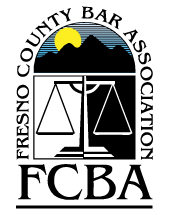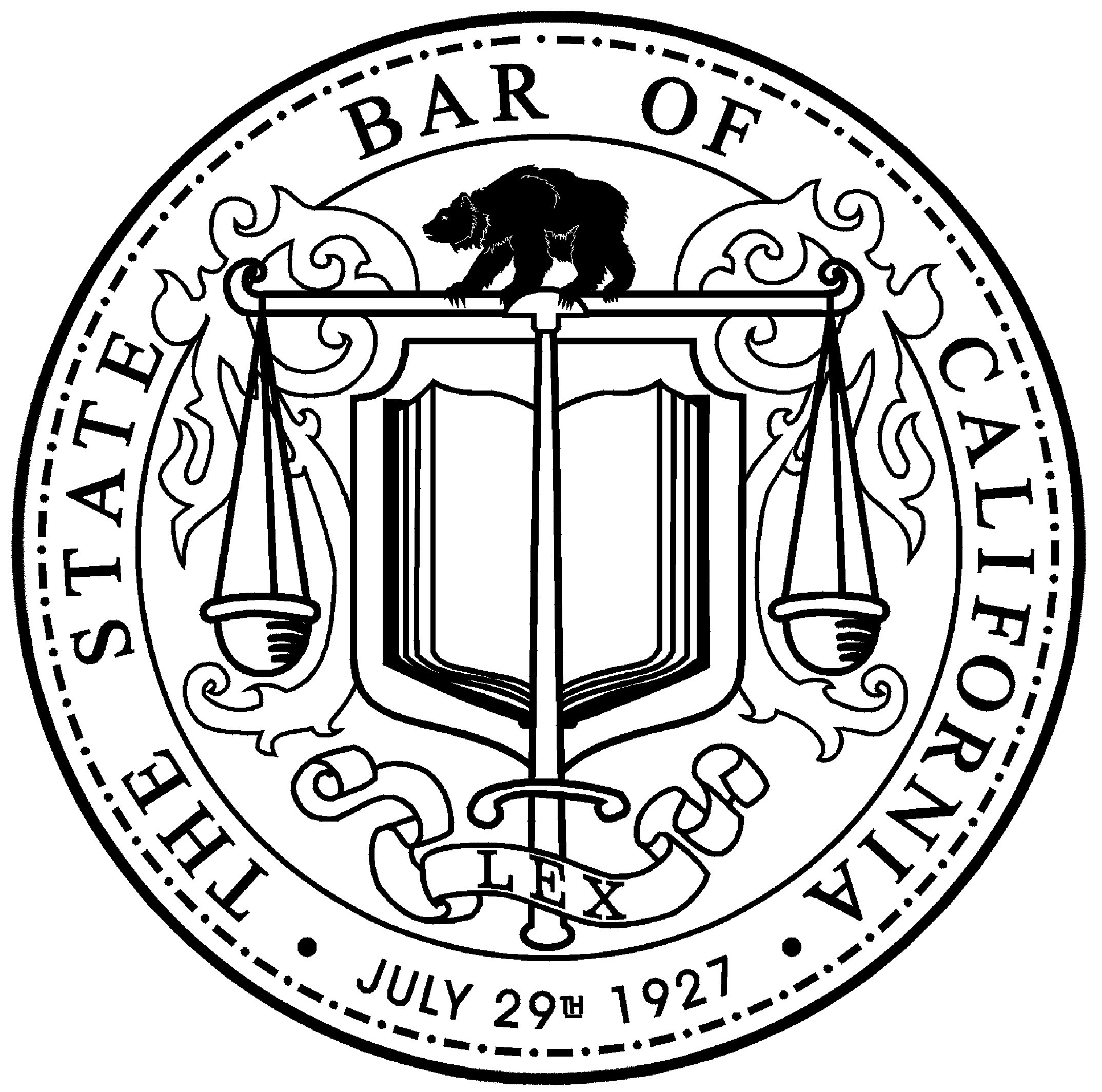Workers’ Compensation for Back Injuries
Back injuries are among the most common—and most debilitating—workplace injuries. Whether caused by heavy lifting, repetitive movements, or a sudden accident, these injuries can severely impact your ability to earn a living and maintain your quality of life. Fortunately, California’s workers’ compensation system provides crucial benefits to help you recover physically and financially. Understanding your rights and the steps to take after a back injury can make all the difference, and having the right legal support can ensure you don’t face the process alone.
Common Causes of Work-Related Back Injuries
Back injuries can occur in nearly any workplace environment, from construction sites to corporate offices. While some injuries happen in a single moment, others build over time due to repetitive strain and poor ergonomics. Understanding the most common causes of work-related back injuries can help workers be more aware of potential risks—and help strengthen a claim when something goes wrong.
One of the leading causes of back injuries on the job is improper lifting technique. Workers who regularly lift heavy boxes, tools, or equipment are at risk of straining the muscles and ligaments in the lower back, especially when lifting without bending the knees or using proper support. These types of injuries are common in industries like construction, warehousing, and healthcare, where employees may be lifting patients or heavy loads without adequate assistance.
Repetitive movements also contribute significantly to workplace back injuries. When a worker is required to perform the same twisting, reaching, or bending motions throughout the day, it places continuous stress on the spine and surrounding muscles. Over time, this can lead to chronic pain or degenerative conditions like herniated discs. Even seemingly minor tasks—such as reaching for files, typing at a poorly positioned keyboard, or twisting to access supplies, can take a toll when done repeatedly without ergonomic support.
Slip-and-fall accidents are another major cause of back injuries. These incidents can happen in any setting, whether it’s a wet floor in a retail store or uneven flooring at a job site. When someone falls unexpectedly, they may land awkwardly or absorb the impact with their spine, leading to fractures, sprains, or disc injuries. In some cases, these injuries result in long-term pain or require surgery and extensive rehabilitation.
Vehicle accidents also play a role, especially for workers who drive as part of their job. Delivery drivers, traveling salespeople, or workers operating heavy machinery may suffer back trauma in the event of a collision. These injuries often involve a sudden, jarring impact to the spine and may cause significant damage that requires ongoing care.
Lastly, poor workstation setup is a frequently overlooked cause of back injuries, particularly in office environments. Chairs that lack lumbar support, desks that are too low or too high, and monitors that are improperly positioned can force workers to sit in unnatural positions for extended periods. Over time, this poor posture leads to strain, stiffness, and in some cases, serious spinal conditions.
Back injuries are not only physically painful, but they can also be financially and emotionally draining. Identifying the cause is often a key part of filing a successful workers’ compensation claim and receiving the appropriate treatment and benefits.
Symptoms and Diagnosis
Recognizing the symptoms of a back injury early on can make a significant difference in recovery and in the success of a workers’ compensation claim. While some symptoms may appear immediately following a specific incident, others may develop gradually over time, especially in cases involving repetitive stress or poor ergonomics. No matter how the pain begins, it’s crucial to take back symptoms seriously and seek medical attention as soon as possible.
The most common symptom of a work-related back injury is pain, ranging from a dull ache to sharp, stabbing sensations. This pain might be localized in the lower back (lumbar region), mid-back (thoracic), or upper back and neck (cervical), depending on the nature of the injury. Some individuals experience constant discomfort, while others notice pain only when lifting, bending, or sitting for long periods. Muscle stiffness and limited range of motion are also typical, often making everyday movements difficult or even impossible without assistance.
In more severe cases, workers may experience numbness, tingling, or weakness radiating down one or both legs—a condition known as sciatica, often caused by compression of the spinal nerves. This can be especially alarming and is usually a sign that a disc injury or nerve involvement is present. Other red flags include loss of bladder or bowel control, which may indicate a serious and urgent condition such as cauda equina syndrome.
Diagnosis typically begins with a detailed medical history and physical examination. The doctor will ask about the nature of the job, how the pain started, and what movements exacerbate the symptoms. Based on this initial assessment, imaging tests like X-rays, MRIs, or CT scans may be ordered to get a clearer picture of the spine, muscles, and soft tissues. In some cases, electromyography (EMG) or nerve conduction studies may be used to determine if there’s nerve damage contributing to the pain or weakness.
It’s essential to communicate clearly with the medical provider about how the injury occurred and whether it’s related to job duties. Accurate and timely documentation of symptoms and diagnosis not only supports the treatment plan but also becomes critical evidence in a workers’ compensation claim. Medical records are often a key part of proving the injury is work-related and ensuring access to the benefits an injured worker is entitled to.
Workers’ Compensation Benefits for Back Injuries
When a worker suffers a back injury on the job, they may be entitled to a range of benefits under California’s workers’ compensation system. These benefits are designed to cover medical expenses, replace lost income, and provide support during recovery or permanent disability. Understanding what benefits are available—and how they apply to back injuries—can help injured workers receive the full compensation they deserve.
Medical treatment is the foundation of any workers’ comp claim. For back injuries, this might include visits to a primary treating physician, consultations with specialists, physical therapy, prescription medications, chiropractic care, pain management, and in some cases, surgery. Workers are entitled to have these expenses fully covered, provided the treatment is deemed medically necessary and authorized. It’s important to follow all guidelines and attend all appointments to ensure continued access to benefits.
Temporary disability benefits are available if the injury prevents the worker from performing their regular job duties during the healing process. These payments generally amount to two-thirds of the worker’s average weekly wage, up to a state-mandated maximum. For back injuries that require surgery or extended rest, these benefits can provide critical financial support during recovery.
If the injury results in permanent physical limitations, the worker may be eligible for permanent disability benefits. These are awarded when a physician determines the back injury has caused lasting impairment that affects the worker’s ability to compete in the labor market. The amount is based on a disability rating, which considers factors such as pain levels, functional loss, and the worker’s age and occupation.
In cases where the injured worker cannot return to their previous job and their employer cannot offer suitable modified work, Supplemental Job Displacement Benefits (SJDB) may apply. This benefit provides a voucher to cover retraining or education costs at approved institutions. For workers whose back injuries prevent them from performing physically demanding jobs, this program offers a path toward new employment opportunities.
Lastly, although rare in back injury cases, death benefits may be available to dependents if the injury leads to a fatal outcome, such as complications from spinal cord damage or severe trauma. While not common, this underscores the seriousness of some work-related back injuries.
Accessing these benefits can be complex, especially when disputes arise over the cause or severity of the injury. That’s why many injured workers find it helpful to consult an experienced workers’ compensation attorney to ensure they receive every benefit they’re entitled to under the law.
Steps to Take After a Back Injury on the Job
When you experience a back injury at work—whether sudden or the result of repetitive strain—it’s critical to act quickly and follow the right steps. Doing so not only protects your health but also strengthens your workers’ compensation claim and ensures you receive the benefits you deserve. Here's what you should do if you injure your back while on the job:
1. Report the Injury Immediately
The first and most important step is to notify your employer as soon as the injury occurs or as soon as you realize it's work-related. In California, workers typically have 30 days to report a workplace injury, but waiting can raise red flags or lead to a denial of benefits. Report the injury in writing if possible, and include the time, date, and circumstances surrounding the incident. Even if the pain seems minor at first, early documentation is vital.
2. Seek Medical Attention Promptly
Back injuries can worsen quickly if left untreated. Whether the injury is a sharp pain after lifting something heavy or a gradual ache from weeks of repetitive motion, seek medical care right away. If your employer has a designated medical provider network (MPN), you may be required to see a doctor within that network. Make sure to clearly state that the injury happened at work, as this ensures the visit is recorded as part of a workers’ comp claim.
3. File a Workers’ Compensation Claim
In California, your employer should give you a DWC-1 claim form once you report the injury. Fill it out thoroughly and return it promptly. This official claim form starts the process of receiving benefits. Once submitted, your employer's insurance carrier will evaluate your case and determine what benefits you're entitled to. Be sure to keep a copy of the completed form for your records.
4. Document Everything
Keep track of all medical appointments, treatments, prescriptions, and correspondence with your employer or insurance company. If you’re asked to perform modified duties or return to work, make sure those accommodations are safe and within your doctor's restrictions. Keep a journal of your symptoms, pain levels, and any activities you can no longer perform. This documentation can be invaluable if your claim is delayed, denied, or contested.
5. Follow Medical Advice and Restrictions
Adhering to your doctor’s treatment plan and work restrictions is essential—not just for your recovery, but also for the success of your claim. Ignoring medical advice or returning to full-duty work too soon can jeopardize your health and give the insurance company reason to challenge the claim. If you disagree with the diagnosis or feel you're being rushed back to work, you have the right to request a second opinion within the workers’ compensation system.
6. Consult an Experienced Workers’ Compensation Attorney
While not every case requires legal help, many workers find themselves facing challenges, such as denied claims, delayed benefits, or disputes over medical treatment. A workers’ compensation attorney can guide you through the process, advocate on your behalf, and help secure the benefits you're entitled to. For serious or long-term back injuries, having a legal expert in your corner can make a significant difference.
Taking these steps quickly and carefully can protect both your health and your financial future. Workers’ compensation is meant to help you recover and return to work safely, but the system can be complex. Getting it right from the start is key.
Challenges in Back Injury Claims
While workers’ compensation is designed to provide timely support for injured employees, back injury claims often come with unique hurdles. From proving the injury is work-related to navigating employer pushback, many workers find the process more stressful than expected. Understanding the common challenges can help injured workers prepare and recognize when it’s time to seek legal help.
Disputes Over the Cause of Injury
One of the most frequent complications in a back injury claim is establishing that the injury was caused by work. Unlike a dramatic accident on a construction site, many back injuries develop gradually over time through repetitive movements or poor ergonomics. This can give employers or insurers room to argue that the injury was pre-existing or caused by something outside of work, such as sports, a car accident, or general aging. Clear documentation and a detailed medical history are key to countering these claims.
Delayed or Denied Claims
Even when a back injury is clearly work-related, some workers face delays in receiving medical care or wage replacement. Insurance carriers may take time to investigate, request additional documentation, or simply stall. In other cases, a claim may be outright denied due to insufficient evidence, missed deadlines, or technical errors on forms. These delays can be financially devastating for workers who are unable to work and still waiting for relief.
Downplaying the Severity of the Injury
Back injuries often vary in how they affect each individual. While some people recover quickly, others face chronic pain, limited mobility, or long-term disability. Unfortunately, insurance companies sometimes minimize the seriousness of these injuries or rely on doctors who are incentivized to recommend conservative treatment and early return to work. Workers may be told they are fit to return before they feel ready, or denied access to more advanced treatments like MRIs or surgery.
Surveillance and Monitoring
In some cases, insurance companies may go so far as to conduct surveillance on workers who file claims, hoping to catch them engaging in activities that suggest they’re exaggerating their injuries. Something as innocent as lifting a grocery bag or playing with a child can be misinterpreted and used against the worker. This can be both invasive and stressful, adding pressure to an already difficult situation.
Pressure to Return to Work Too Soon
Employers and insurers may push injured workers to accept “modified duty” or light work even if they’re not fully healed. While some workers appreciate the opportunity to stay active and earn income, others find the modified tasks still aggravate their injury or slow recovery. If returning to work causes new symptoms or worsens the condition, it's important to communicate this clearly to both the employer and the treating physician.
Navigating Complex Rules and Paperwork
The workers’ compensation process is full of forms, deadlines, and rules that are unfamiliar to most people. Failing to meet any of these technical requirements can jeopardize a claim. For example, not requesting a second opinion in the proper way or missing a deadline to file an appeal can result in denied benefits, even when the injury is legitimate.
These challenges don’t mean a claim is hopeless, but they do highlight why knowledge and support are so important. With the right documentation, medical care, and legal advocacy, workers can push through the barriers and receive the compensation they’re entitled to under California law.
Conclusion
Back injuries can disrupt every part of your life—from your ability to work to your daily comfort and long-term well-being. Navigating a workers’ compensation claim may feel overwhelming, but you don’t have to do it alone. By understanding your rights and taking the right steps early, you can protect your health and your future. And if challenges arise, having an experienced advocate by your side can make all the difference.
Cole, Fisher, Cole, O’Keefe + Mahoney is Central California’s leading workers’ compensation and social security disability law firm. With over 30 years of successful experience, we are committed to securing maximum benefits for our clients in the Fresno, California area. Schedule a free consultation today.
© 2025 Cole, Fisher, Cole, O’Keefe + Mahoney
Making a false or fraudulent workers’ compensation claim is a felony subject to up to five years in prison, or a fine of up to $150,000 or double the value of the fraud, whichever is greater, or by both imprisonment and fine.







